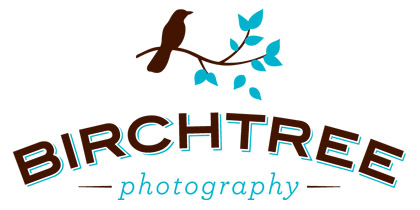After purchasing a new laptop before Christmas to work on the go (I’m traveling a bit more this year), I was reminded of the need to calibrate my monitors before editing photos. The laptop arrived just before we left for Texas, so I didn’t get a chance to calibrate it before we left. Well, what do you know? I got back to find some of the trip pictures I edited looked a bit “off” on my monitor back home. True, it wasn’t anything down right awful…just not quite right.
The truth is, with digital photography, our monitors and the accuracy of the colors they display makes a big difference when we print the photos (of course, so does the lab and/or printer that you use). Ever received prints from your lab and did a double-take when they came back looking a bit red? Or, to my chagrin, I remember once showing someone my website on their laptop only to see my photos pop up looking blue on their screen. Yikes! (My photos are prettier than that, I promise!).
The difference can really be striking. For instance, in this photo I took last fall of Jay, the middle image is properly color edited, whereas in the one on the left I’ve exaggerated the blue, and in the one on the right I’ve exaggerated the red.

But please wait before you begin to panic. For those of you who aren’t photographers–just keep in mind that the colors you see on your screen may not be accurate. If the photos look blue or green or red to you…it’s probably just your screen, so don’t worry about it. Believe me, I spend hours editing all my photos, so they are properly color corrected before I am finished with them.
For you photographers out there reading, you may seriously want to consider purchasing a monitor calibration tool. The one I ended up going with is the X-Rite Eye-One Display 2 calibration system. It’s very simple to use…takes about 5 minutes to calibrate your monitor…and I like the results. FYI, it’s also recommended that you calibrate your monitor on a monthly basis…but I have yet to do that. There are certainly other systems out there, too, so be sure to look around.
It kind of looks like a mouse…a very clever one.
All you need. Simple.

by mary
David - Mary, I chuckled when I saw this post come up on Facebook yesterday because I had just started calibrating my monitor the day before. I’m using a free software, Calibrize 2.0. It’s not professional grade, but I don’t have the need for that yet. It is very simple and I’d recommend it to anyone who’d like more accurate color on their monitor.
Link is: http://www.calibrize.com/index.html.
Also, what version MBP (from reading forums, that’s apparently what all the cool kids call MacBook Pros) did you get? Guys like me would love to know the specs.
Jessica - Thanks for the info!!! I am learning new things everyday!
Lisa Piellusch - Great post 🙂 I should post something about this too. It’s amazing the differences in monitors and what people see. Even within my own house things can look very different from monitor to monitor. The only ones I ever calibrate are the ones I use for photo ediitng. I find that usually things end up looking on the cold side. I try and calibrate on a regular basis and especially if I reboot. Why oh why can’t it just ever stay calibrated on its own!?!? haha 🙂
I use Spyder 3. It seems to work alright. At least I’ve had clients comment that when they received their prints they looked even better than they did on their computer monitors when they looked at their edited proofs. Oh, if only I could provide each client with a calibrated up to date monitor! 😉
Milla - I love my eye-one! And, this is a great thing to explain. You don’t want people saying “why are my pictures blue?!” (which yes, I have had happen) 🙂